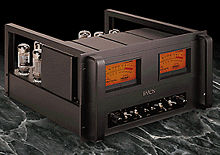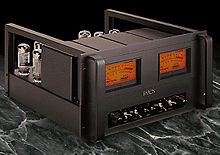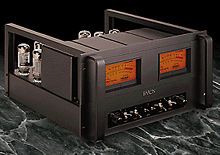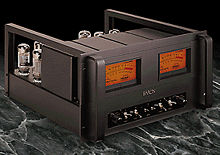Serving Up Audio
Serving Up Audio
- Read more about Serving Up Audio
- Log in or register to post comments
As technology marches on, some of the old audiophile ways become lost arts. Do you still have the skills needed to set up and align a cartridge on a tonearm and turntable?





